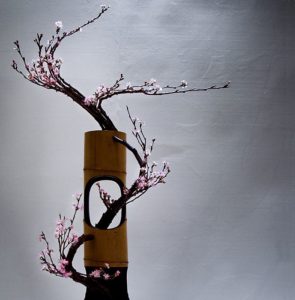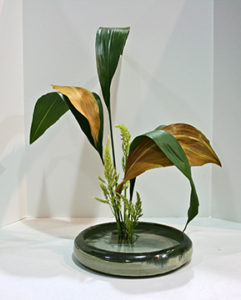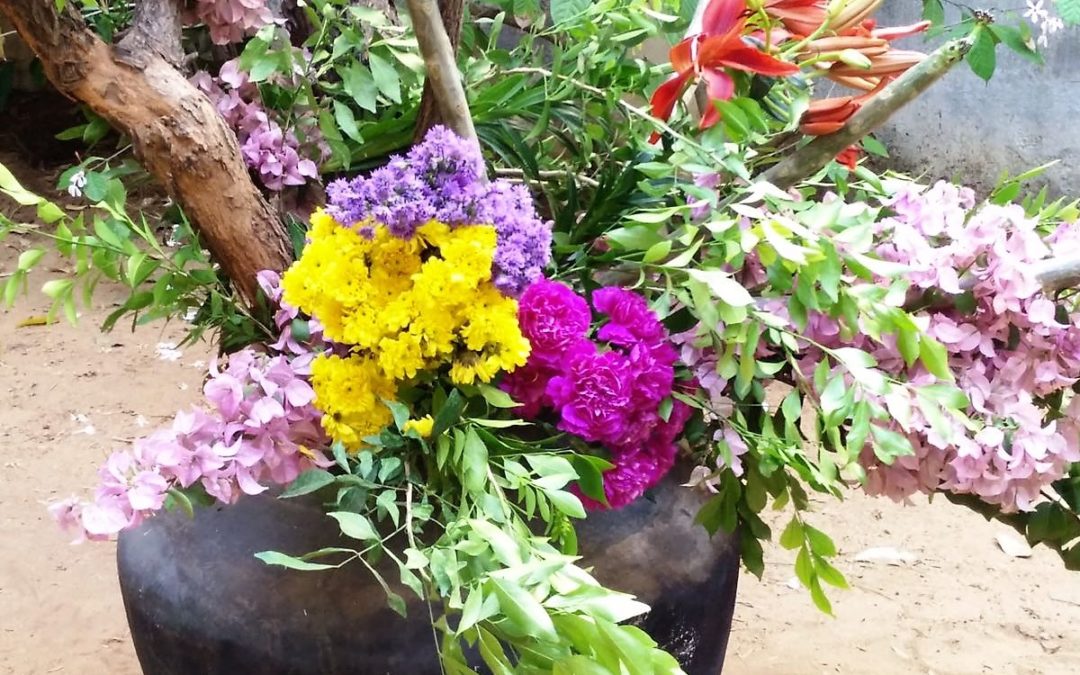Meditation is a word that is as familiar to me as my name. My late father was an ardent proponent of Transcendental Meditation, a method introduced by His Holiness Maharshi Mahesh Yogi, way back in the early 1950s. My parents were among his first disciples then, spending several months in Rishikesh to learn from him. My father went on to become a teacher of TM, making a difference to hundreds of people who came to him. Twenty minutes of TM twice a day, every day, was the secret to his healthy, wholesome life till his demise just short of his 100th year.
 “What is meditation”?
“What is meditation”?
This question rings in my ears even now, as my father always began his introduction to the subject with these words. As children, it was of the least interest to us, and my mind would wander off to the fresh green mangoes temptingly beckoning me from outside the window. I’d be lost in thought of how we’d cut the fruit into thin slivers, sprinkle salt and chili powder and relish it to the last bite. Having noticed this often, my father once said:” Child, what you have been doing is meditating on the mango and how delicious it will be, freshly plucked from the tree. That is also a form of meditation, but when you do it mindfully, as taught in the prescribed method, it will fetch rich rewards. ”
This made immense sense to me, but only much later, having traversed through the ups and downs of marriage, family, work…what have you! I had always loved to contemplate on something or other, especially inspired by nature. A book on Ikebana that I picked up in a bookstore was my first glimpse of this art form, and found it truly inspiring that just a twig, a tiny flower or a leaf could convey so much meaning. Learning this ancient art over the past few years has taught me that simplicity and minimalism are the hallmark of classic Ikebana. There is ample scope for expressing one’s innermost feelings and beliefs through plant material.
“Isn’t this a form of meditation in itself?”
I remarked to my teacher who has decades of experience in this field. True enough, this art form originated in the Japanese temples as offerings to the deities, where monks used materials from the gardens. Not any materials, but only those which they had closely studied, that depicted some unique quality or story. The whole process was one of silent communion, connecting with nature with utmost respect and worship.
As students of Ikebana, we learn to follow this method of communion with the material we use, and silent observation is the key. As I delve deeper into the subject, I realize that it is an opportunity to meditate on Nature’s unique gifts to us, the perfection in creation. Respect for age is innate to this art form —even dried and withered material occupy the pride of place in some arrangements, and their grace and beauty are unparalleled.
 I learnt this the hard way, when my teacher once brought in yellow, shriveled leaves in various stages of decay, and asked me to do a piece with them. I did nothing but stare at the material for a long time, and the end product was something I will always remember: A circle of leaves in an embrace, where the old and young supported one another but still gave space to grow, to stand apart and admire the energy of youth, and respect what age could teach. It was truly life’s lesson in a nutshell, so simple and yet profound.
I learnt this the hard way, when my teacher once brought in yellow, shriveled leaves in various stages of decay, and asked me to do a piece with them. I did nothing but stare at the material for a long time, and the end product was something I will always remember: A circle of leaves in an embrace, where the old and young supported one another but still gave space to grow, to stand apart and admire the energy of youth, and respect what age could teach. It was truly life’s lesson in a nutshell, so simple and yet profound.
“But when does something’s destiny finally come to fruition? Is the plant complete when it flowers? When it goes to seed? When the seeds sprout? When everything turns into compost?” ― Leonard Koren, Wabi-Sabi: for Artists, Designers, Poets & Philosophers
Note: The Featured Image is an arrangement by Janaki Rao and Divya Selvam.



